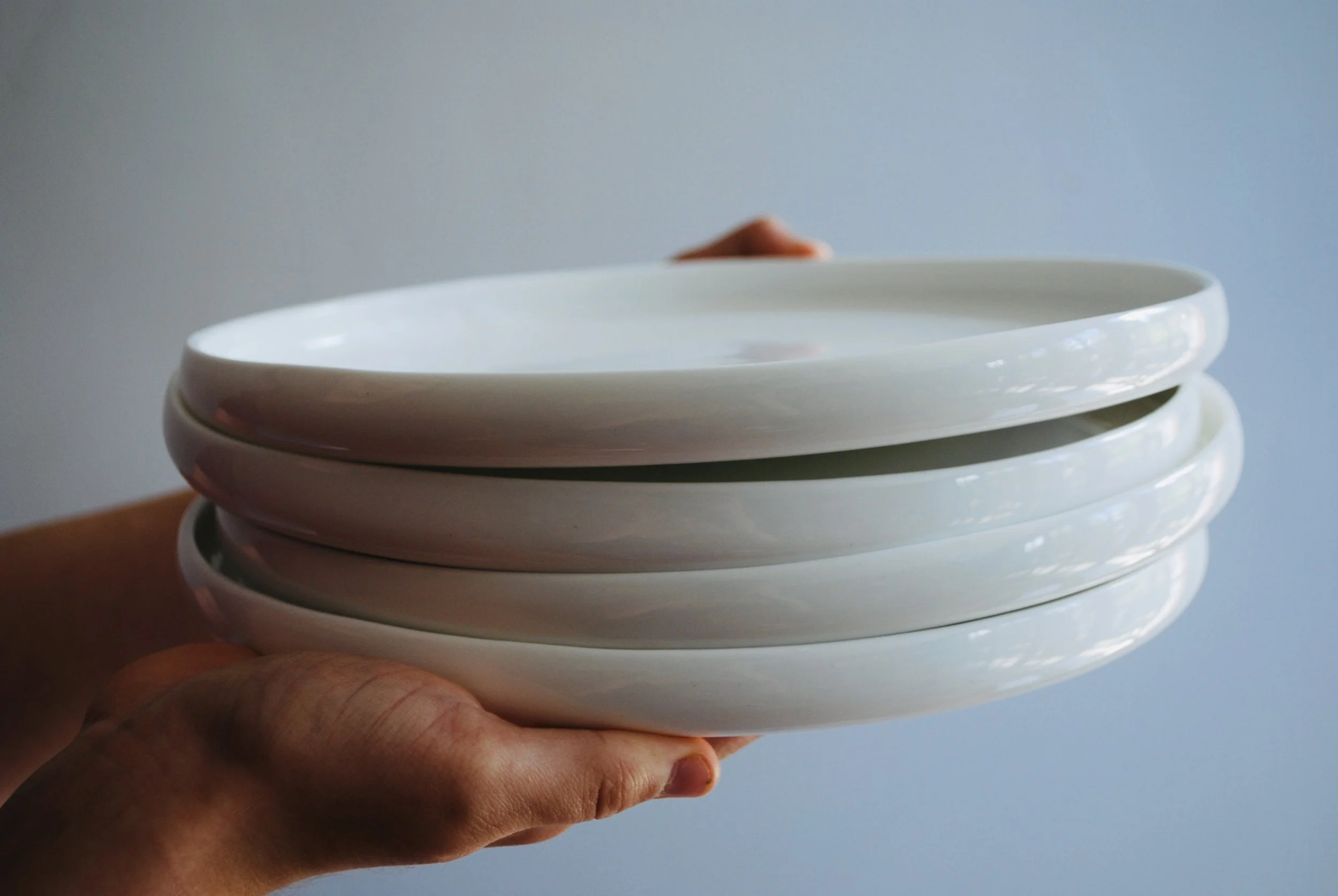Golly, possibly bitten off more than I could possibly chew with this blog post title! How best can I introduce this topic? Possibly with an explanation of what I think it is to live sustainably.
To live sustainably, I feel, is to live lightly. To not take more, materially, than you can give. This permeates every decision you make in life - that’s big! But not scary if we think it through, break it down. This isn’t about making lists, buying things so this blog isn’t going to list a number of things to do or buy! Simply, it’s about consideration.
I’m hoping 2020 will have had the positive effect of making people aware of time, being aware of the smallest and subtlest things around us in our day to day. If we try to keep this in focus and not get wrapped up in the conveyor belt that is consumerism there is hope and there is the possibility to be very sustainable. We all just need to not allow ourselves to push aside the lessons we have learned.
The input of time, just that moment to pause and consider. It costs nothing but is the thing that will progress our lifestyle. It might be in choosing a plastic-free tea-bag, switching energy supplier or upgrading the insulation in your roof. Every single element moves you a step in the right direction. Every little helps, as we well know!
All my work is in the home so let me narrow the focus to tableware. Let’s think about the cups, plates and bowls in your home. Are you using charity shop finds, extending their life? Great, that’s one way! But if you’re considering purchasing new items please give a thought. The material make-up of your tableware is one of those areas that has sustainability issues. For example are your regularly replacing inexpensive mugs that chip and crack within a year or two of use?
I have deliberately chosen to produce my ‘Luna’ tableware range in fine English bone china. It is the lightest, strongest, whitest ware you’ll use. So, you won’t need to keep replacing it. The colour won’t go out of fashion and it will keep serving - literally! On a practical level the pieces are oven-proof, dishwasher and microwave safe. But did you know that over 50% of it is a re-cycled material: calcified bone ash. Sounds horrible but promise it isn’t. I am vegetarian and totally understand an animal source may cause alarm but fear not. While I choose not to eat meat I am very comfortable with using a by-product of the meat industry so it is not wasted. It can be used as fertiliser also. In addition the nature of the firing process for this type of material means that energy is saved. Any waste product (e.g something that has cracked and failed) is eliminated after the first firing (unlike most other clay firing schedules). This means the second firing is more efficient as you will not be firing pieces that will fail. That’s a win-win!
That’s just one small element of consideration given to the tableware items that are so heavily used in your home. Looking at the materials that make-up all the items we put into our homes, all the items I might specify in a design project is an important part of my practice. Start at a micro-level you’ll find other decisions follow: why buy a plastic bin-liner if you can by a bio-degradable one? Why quarry expensive stone that impacts the natural world so negatively if you can have a kitchen work-surface that looks equally beautiful and is as robust but isn’t quarried and hasn’t produced serious carbon-emissions before landing in your kitchen? A moment to think about how something is made pays dividends.
Don’t get bogged down with it all but just take a moment to consider before you buy - no matter the scale of your action. You’ll be buying better which, long term, will be better for your wallet, your sense of well-being and the wider environment. This practice I have adopted both personally and professionally.
Small steps taken by many will result in large strides to improve our planet. Join in!
